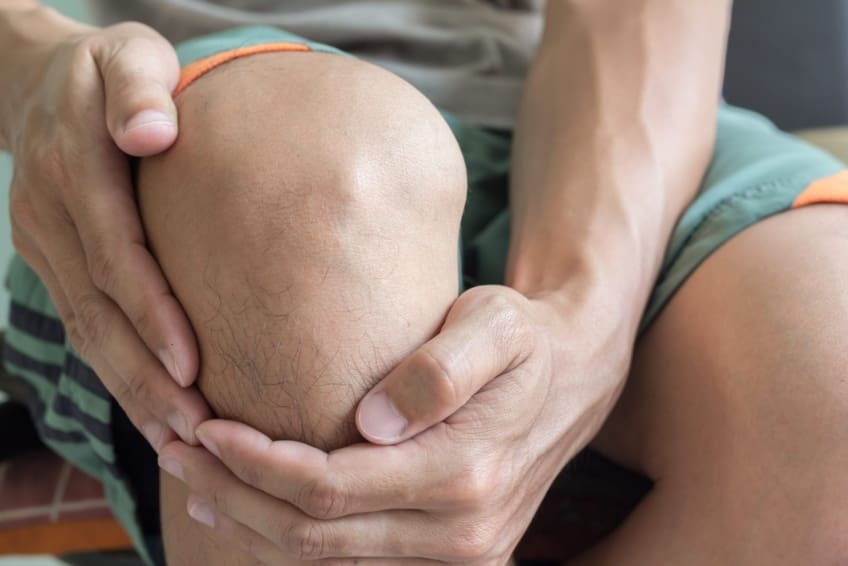
What is pigmented villonodular synovitis (PVNS)?
Pigmented villonodular synovitis (PVNS) is a joint problem that usually affects the hip or knee. It also can occur in the shoulder, ankle, elbow, hand or foot.
When you have PVNS, the lining of a joint becomes swollen and grows. This growth harms the bone around the joint. The lining also makes extra fluid that can cause swelling and make movement very painful.
PVNS isn’t common. It can affect anyone, but it is most common in people 20 to 45 years old. It may happen slightly more often in men.
Symptoms of pigmented villonodular synovitis
If you have PVNS, you’ll notice swelling and stiffness in a joint, most often your knee. The joint may hurt. You may have a “popping” feeling when you move the joint. The symptoms usually appear gradually and may come and go over time.
What causes pigmented villonodular synovitis?
Doctors don’t know exactly what causes PVNS. It doesn’t seem to run in families. It doesn’t seem to be caused by certain jobs or activities.
How is pigmented villonodular synovitis diagnosed?
PVNS can look like arthritis and some other joint conditions. Your doctor may use tests to check for these conditions. After a physical exam, your doctor may want to take an X-ray of the affected joint.
Your doctor may also want to take some fluid from the joint and test it. He or she may also want to perform a magnetic resonance imaging (MRI) scan, which takes a picture of the joint.
Can pigmented villonodular synovitis be prevented or avoided?
Doctors don’t know exactly what causes PVNS, so it currently cannot be prevented or avoided.
Pigmented villonodular synovitis treatment
The best way to treat PVNS is to remove the lining of the joint. This can be done with traditional surgery or with arthroscopy. In arthroscopy, the doctor makes a tiny cut in the skin over your joint. Then a thin tube is put into the joint to remove the lining.
You can ease the pressure on the affected joint by resting it. For example, you might use crutches to keep weight off your sore knee or hip. Or you might need to stay off your feet. This may also relieve swelling. You can take an over-the-counter anti-inflammatory medicine such as ibuprofen (some brands: Advil, Motrin), aspirin and naproxen (one brand: Aleve) to ease the pain and swelling.
Living with pigmented villonodular synovitis
Even with treatment, PVNS comes back about half the time. If the pain comes back again and again, radiation therapy may help. Sometimes, the only real remedy comes by completely replacing the joint.
Questions to ask your doctor
- What could have caused my symptoms?
- What is the best treatment option for me?
- How long before I can expect relief from my symptoms?
- What are the chances that my symptoms will return?
- Is it safe for me to exercise? What kind of exercise should I do?
![]()
Copyright © American Academy of Family Physicians
This information provides a general overview and may not apply to everyone. Talk to your family doctor to find out if this information applies to you and to get more information on this subject.









